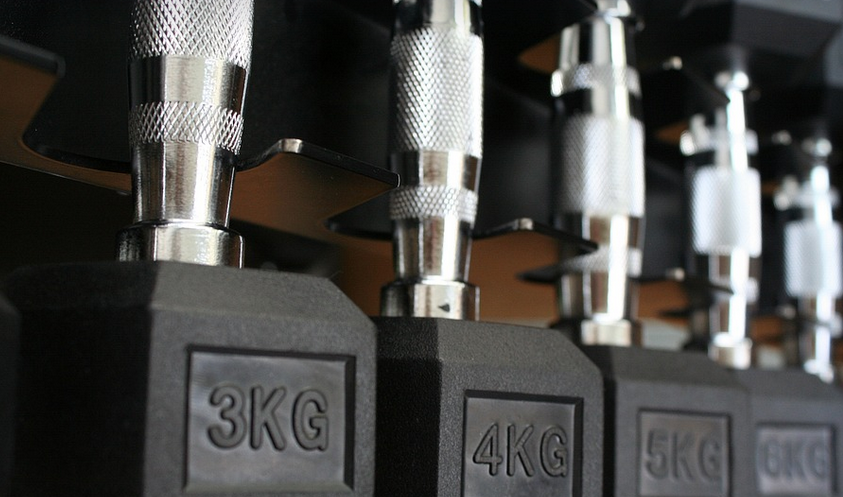Understanding Chain Pitch
A chain’s pitch is a crucial detail that impacts its functionality and aesthetics. It essentially refers to the distance between two adjacent links in the chain. This seemingly simple measurement holds significance across various industries, from heavy-duty construction chains to jewelry making. Think of it as the space within each link, which dictates how frequently you can join or detach them, affecting the overall flow and functionality of the chain.
Understanding pitch is essential for several reasons. Firstly, it determines the chain’s ability to carry weight effectively. A wider pitch allows more room for a heavier load, while a narrower pitch restricts movement and might not be suitable for heavy-duty applications.
Measuring Chain Pitch: Tools & Techniques
There are various methods to measure chain pitch, and each uses specialized tools. Let’s delve into some common techniques:
**1. Using the Ruler:** This is the most straightforward method. With a ruler and a level surface, you can easily measure the distance between two adjacent links. Simply place the ruler across the link gaps and read the measurement from the ruler.
**2. The Chain Gauge:** For more precise measurements, especially when dealing with intricate chains, a chain gauge is highly recommended. This tool features a series of calibrated teeth that easily slide through the links to measure the pitch accurately The gauge offers clear visual markings and eliminates any chance of human error.
**3. The Micrometer:** If you require an extremely precise measurement for industrial applications, like engineering and manufacturing chains, a micrometer is your go-to tool. It uses a mechanical screw to precisely measure the distance between two points on a chain link, offering exceptional accuracy even for smaller pitch variations.
Factors Affecting Chain Pitch
Chain pitch isn’t just about measuring; it’s also about understanding how different factors influence this measurement:
**1. Link Style & Material:** The link design and the material used dramatically affect overall chain pitch. For instance, a thicker gauge or heavier-duty chains will naturally have a larger pitch compared to thinner chains designed for lighter applications.
**2. Manufacturing Tolerance:** Chains are not always manufactured with exact, identical pitches. The tolerance varies even within individual chains. Some chains may be slightly tighter or looser than others. This slight variation arises due to the manufacturing process and the inherent variability of materials used in making chains.
**3. Chain Purpose:** The primary purpose of a chain decides its overall pitch. A standard duty chain meant for lifting heavy objects will have a different pitch compared to a decorative chain intended for jewelry. You can find chains based on weight rating, application and load bearing capacity.
**4. Chain Size:** The size of the chain is also a contributing factor in determining its pitch. For example, a large diameter chain will generally have a larger pitch than a smaller diameter chain. This variation arises because larger chains require more space for their links to accommodate their weight and load-bearing capacity.
Importance of Accurate Pitch Measurement
Accurate pitch measurement is vital for various reasons:
**1. Correct Weight Capacity:** The most critical factor is ensuring the right weight capacity, which depends on the chain’s pitch. This ensures the chain can handle the intended load without breaking or compromising its structural integrity.
**2. Functional Harmony:** A consistent and accurate pitch allows for proper chain operation. For instance, in heavy-duty applications, a uniform pitch minimizes friction and increases efficiency, ensuring smooth movement of objects.
**3. Aesthetics & Appearance:** In jewelry making, precise pitch is crucial for creating aesthetically pleasing designs. It ensures that the links fit together seamlessly, contributing to the chain’s overall visual appeal and functionality.
By understanding how to measure chain pitch with precision, you can enhance the functionality and aesthetics of your chains. Whether it’s a simple jump ring or a complex industrial chain, accurate measurement is key to ensuring seamless operation and durability. Remember, measuring the pitch accurately is not just about numbers; it’s about guaranteeing that every link performs its role perfectly.
